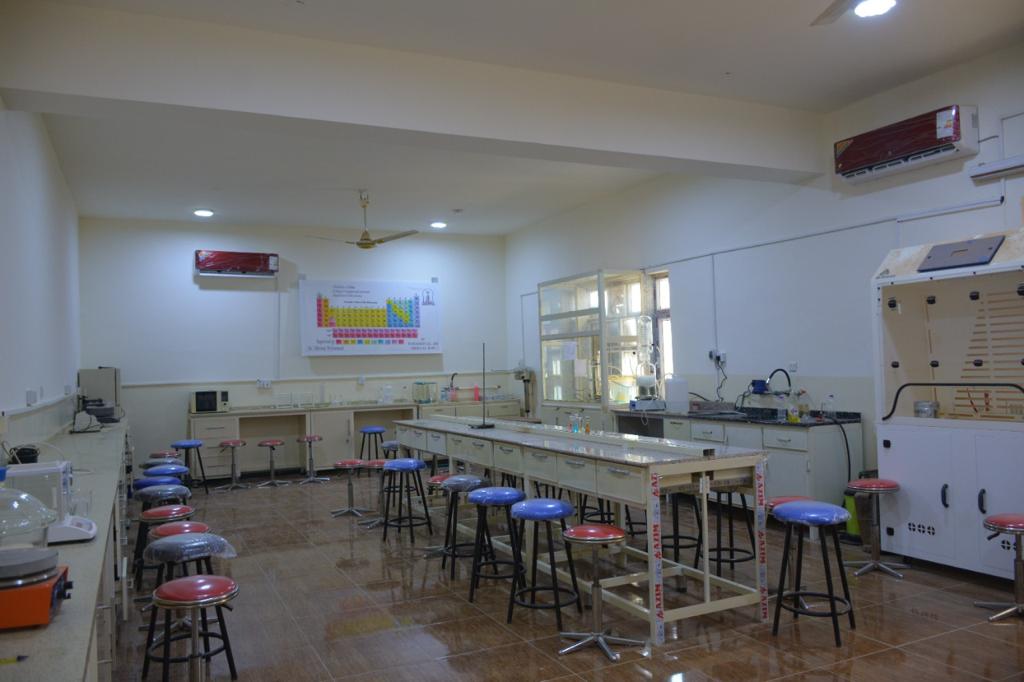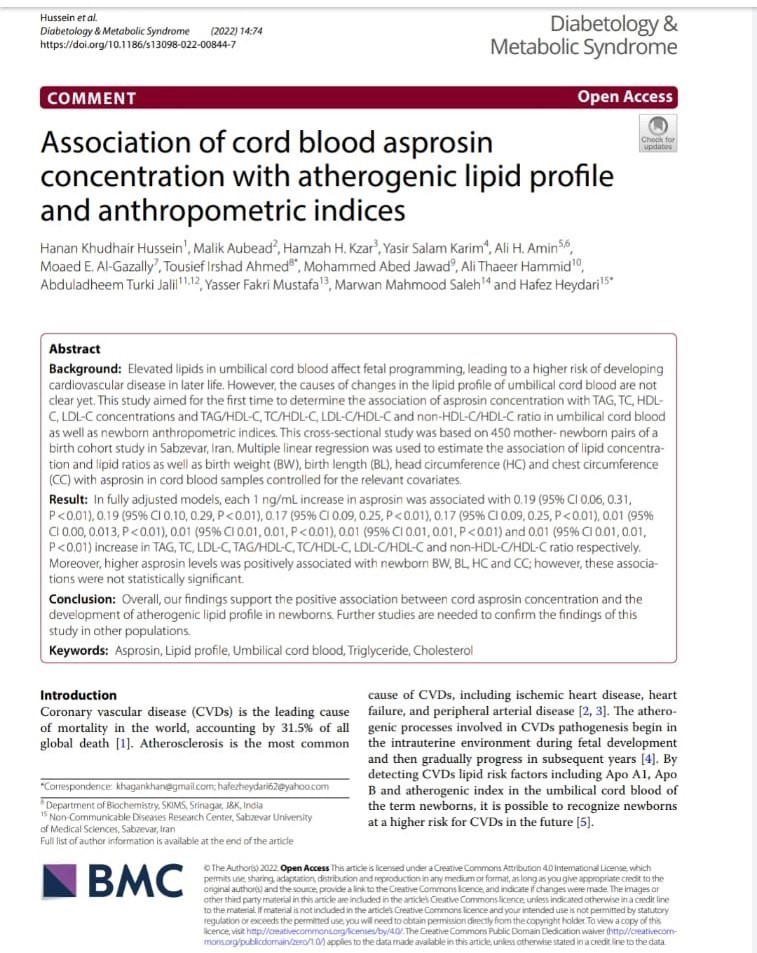
Enterohemorrhagic E. coli in children
. Ola Jamil Jubeir
Enterohaemorrhgic E. coli: It was first known as Vero toxin-producing Escherichia coli as a cause of bloody diarrhea and for the human hemolytic uremic syndrome (HUS) in 1982 when two epidemic cases of hemorrhagic colitis were recorded (HC), which was associated with eating undercooked hamburgers in a fast food restaurant in America, and the diagnosis results showed that the cause is one of the EHEC bacteria strains that indicate Stx-positive strains that contain specific pathogenicity islands called (Locus of enterocyte effacement LEE), each The factors that lead to HUS are not known except for the Shiga-toxin, which is also called (vero toxin), which plays an important role in the occurrence of renal injury (Welch, 2006).
This EHEC strain was known when epidemic cases of hemorrhagic colitis occurred. This infection occurs as mild diarrhea not accompanied by blood into bloody diarrhea, and in some cases the infection extends to uremia thrombotic. These organisms share the ability to cause infections in the upper respiratory tract with EPEC, however, Escherichia coli (EHEC) is isolated from EPEC by A/E_ the lesions. Children under five years of age are the most affected age group with this EHEC strain. In addition, the elderly also may show bloody diarrhea and HUS_EPI, this strain caused a big problem in Europe, Japan and America In Northern and Southern Africa, unpasteurized milk, undercooked hamburgers, and apple juice prepared from apples contaminated with cow manure manure have also been associated with swimming in a crowded water tank and drinking chlorinated water (Kawano et al., 2012; Welch, 2006).
The serotype H7:O157 is most common in the EHEC strain, but the serotypes O111, O26 cause similar diseases, and the strains O114, O142, O124 obtained from E. coli isolates of poultry hatcheries (Babai and Mohamed, 2005).

